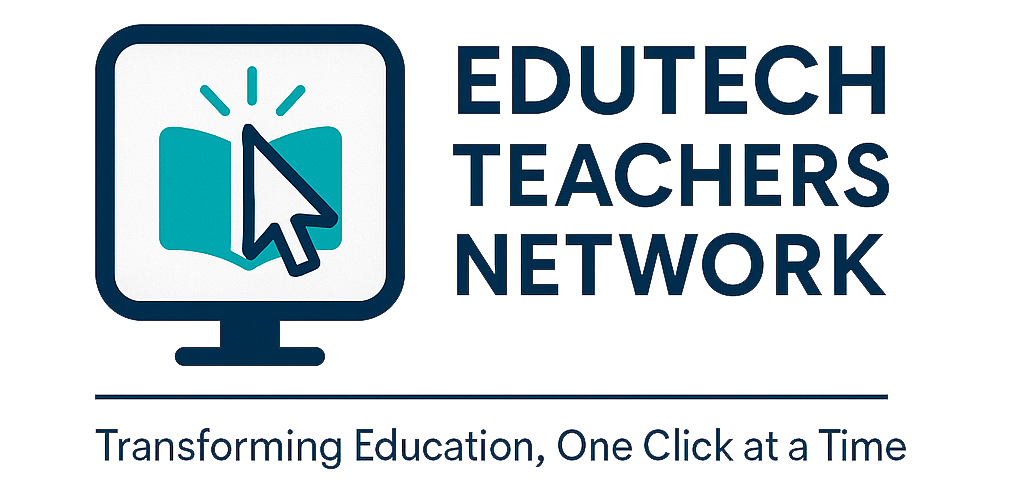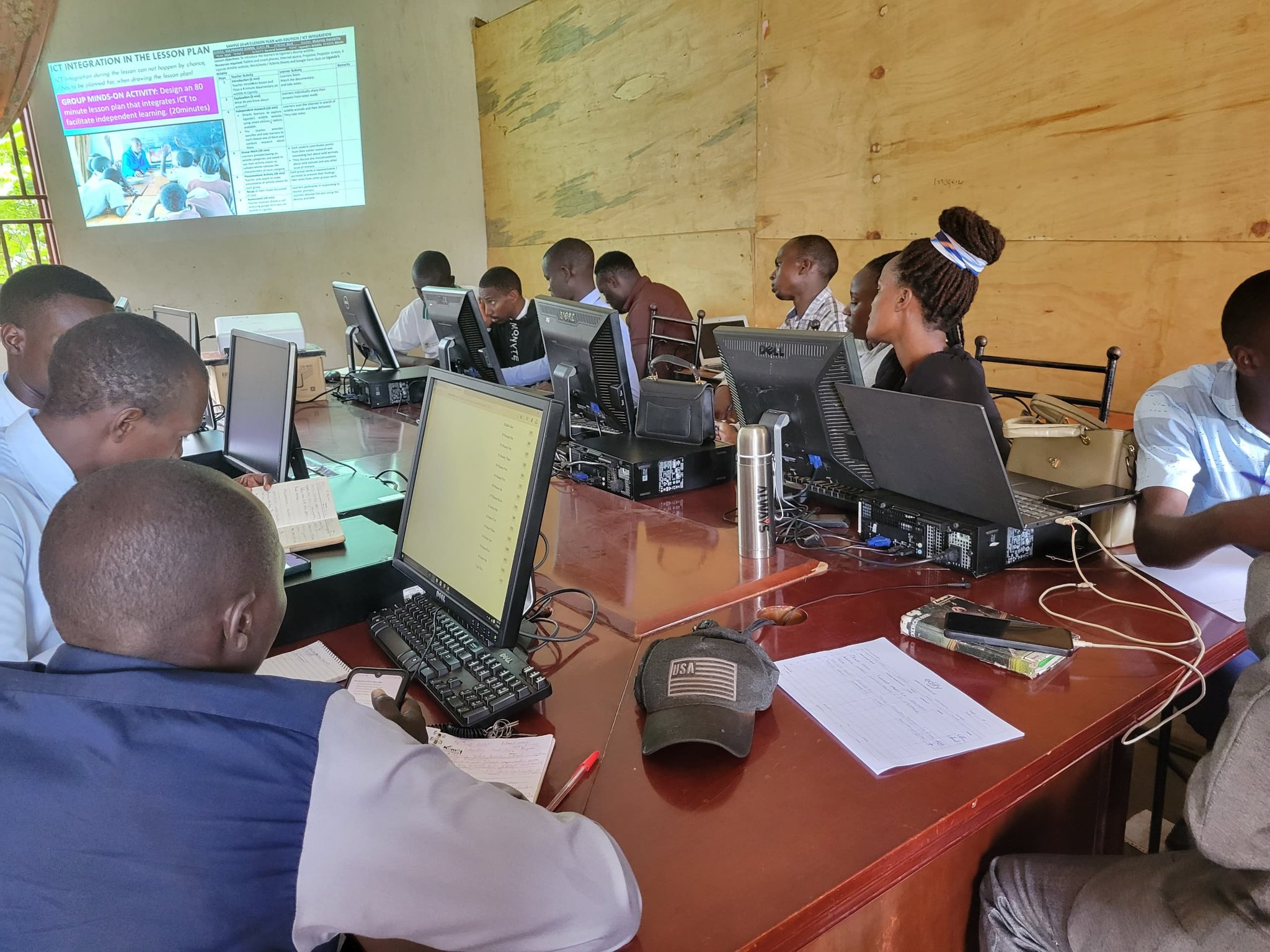Education is the cornerstone of development, and in Uganda, the journey towards an equitable, accessible, and quality education system is more crucial than ever. With a population that is both young and rapidly growing, Uganda faces several educational challenges, including overcrowded classrooms, limited access to resources, and disparities between rural and urban education opportunities. In this context, Educational Technology (EdTech) plays a pivotal role in creating a more sustainable education system.
EdTech refers to the use of technology to support teaching and learning. It encompasses a wide range of tools and platforms, from online courses and digital classrooms to interactive apps and multimedia learning content. By integrating technology into education, Uganda can foster long-term, scalable, and inclusive improvements across the education sector. This article explores how EdTech can contribute to building a sustainable education system in Uganda, benefiting students, teachers, and the education sector as a whole.
1. Bridging the Urban-Rural Education Gap
One of Uganda’s major educational challenges is the urban-rural divide. Students in rural areas often lack access to the same quality of education, resources, and learning materials as those in urban centers. This gap results in unequal opportunities, where rural students may be left behind.
EdTech solutions like e-learning platforms, virtual classrooms, and mobile-based learning apps can bridge this divide. With access to smartphones and affordable internet, students in rural areas can access quality educational content, participate in online lessons, and collaborate with peers and teachers, regardless of their geographical location. This helps decentralize education, ensuring that all students, no matter where they live, have access to the same high-quality learning materials and opportunities.
2. Enhancing Accessibility and Inclusivity
Access to education for marginalized groups, including girls, students with disabilities, and those from economically disadvantaged backgrounds, remains a significant challenge in Uganda. EdTech can offer inclusive solutions that cater to diverse learning needs.
For instance, digital tools can be tailored to support special needs education, providing students with disabilities the tools they need to engage in learning. Interactive learning apps can provide text-to-speech, speech-to-text, and video-based instruction, which makes learning more accessible for students with different learning abilities. Similarly, online platforms can provide opportunities for girls and women to pursue education remotely, overcoming barriers like long distances to schools or societal limitations.
In addition, open educational resources (OERs) can be accessed freely by learners, enabling disadvantaged students to continue their education without the burden of high costs associated with textbooks and traditional materials.
3. Building Digital Literacy for the Future
As Uganda strives to compete in a global, knowledge-based economy, it is essential for students to acquire digital literacy skills. The skills to use digital tools, think critically about technology, and adapt to new technological advancements are fundamental for future employment and entrepreneurship opportunities.
EdTech plays a critical role in building these skills. By incorporating digital tools into everyday classroom learning, students are exposed to technology early on, helping them gain the confidence and proficiency needed for the modern workforce. These skills extend beyond the classroom and can be used in entrepreneurship, problem-solving, and innovation, opening doors for economic development.
Moreover, online courses and e-learning platforms provide learners with the opportunity to acquire advanced technical skills in coding, web development, data analysis, and other areas of high demand. This not only improves individual employability but also contributes to Uganda’s digital economy.
4. Supporting Teachers and Improving Teaching Quality
Teachers in Uganda often face significant challenges, such as overcrowded classrooms, limited access to professional development opportunities, and outdated teaching methods. EdTech tools offer teachers the resources, training, and support they need to improve their teaching and stay up-to-date with modern pedagogies.
With online teacher training platforms, educators can access continuous professional development without having to leave their schools or regions. This helps them stay informed about the latest teaching strategies, educational trends, and digital tools to enhance their teaching. For example, platforms like Google Classroom and Edpuzzle allow teachers to create and manage interactive lessons, assess student progress in real-time, and customize learning experiences for different student needs.
Additionally, collaborative tools like Padlet and Flipgrid provide teachers with opportunities to network, share resources, and collaborate on lesson planning and innovative practices. These tools reduce teacher isolation, encourage creativity, and promote knowledge-sharing across schools and districts.
5. Cost-Effectiveness and Resource Efficiency
Traditional education methods often require substantial investments in infrastructure, textbooks, and physical resources. However, EdTech provides cost-effective solutions that reduce these expenses while enhancing educational quality.
For instance, e-books and digital textbooks eliminate the need for costly printed materials. Instead of purchasing multiple physical books for each subject, students can access a wide range of resources online for free or at a lower cost. Additionally, digital platforms enable teachers to share teaching materials and assignments online, saving both time and resources that would otherwise be spent on printing and distributing paper materials.
Furthermore, cloud-based learning platforms help schools store and manage resources more efficiently. They provide an easy-to-access, organized repository of learning materials, lesson plans, and student records, eliminating the need for physical storage space and reducing administrative burdens.
6. Promoting Sustainability through Environmental Benefits
One of the often overlooked advantages of EdTech is its potential to promote environmental sustainability. By shifting to digital learning, schools can significantly reduce their paper consumption, contributing to environmental conservation efforts. This move towards a more sustainable education model aligns with global efforts to reduce waste and carbon footprints.
Additionally, online learning platforms can reduce the need for physical transportation, as students and teachers can engage in classes remotely, decreasing the carbon emissions associated with travel. This is particularly beneficial in rural areas, where travel to and from school can be time-consuming and resource-intensive.
7. Preparing for Global Challenges and Emergencies
Global disruptions, such as the COVID-19 pandemic, have highlighted the importance of having resilient education systems that can adapt to emergencies. EdTech plays a key role in ensuring continuity of learning during such crises by providing alternative avenues for education through remote learning.
In Uganda, where many schools were forced to close during the pandemic, EdTech platforms like Zoom, Google Meet, and Microsoft Teams enabled teachers to continue delivering lessons virtually. By embracing EdTech, Uganda can build an education system that is more resilient to future disruptions, whether caused by pandemics, natural disasters, or other global challenges.
Conclusion
EdTech is not just a trend; it is a vital tool for building a sustainable and inclusive education system in Uganda. By embracing technology, Uganda can overcome long-standing challenges, bridge educational gaps, and provide its young population with the skills they need to succeed in the global economy. Moreover, EdTech empowers teachers, improves the quality of learning, and promotes environmental sustainability, making it a key enabler of long-term educational development.
For EdTech to truly be effective, however, Uganda must continue to invest in infrastructure, training, and policy development to support its integration. By doing so, Uganda can create an education system that not only serves the needs of today but prepares the country for the challenges of tomorrow.



Leave a Reply